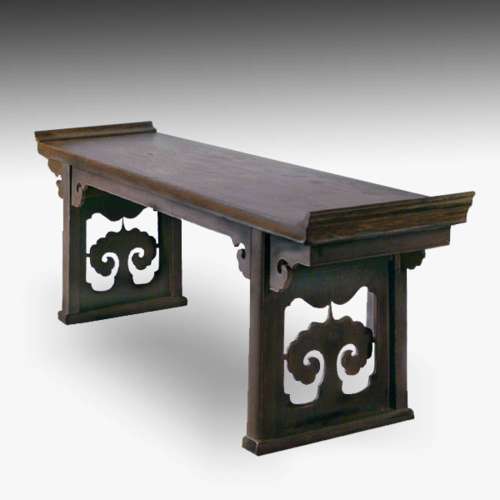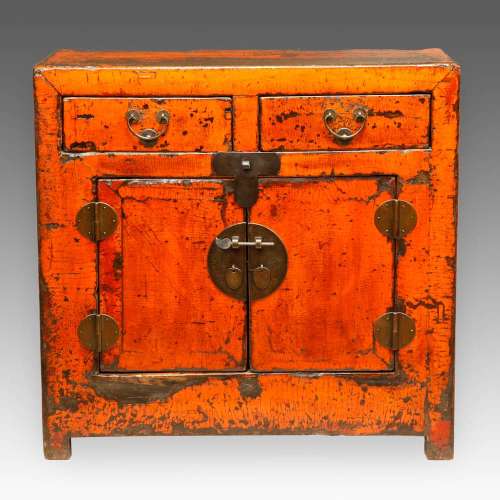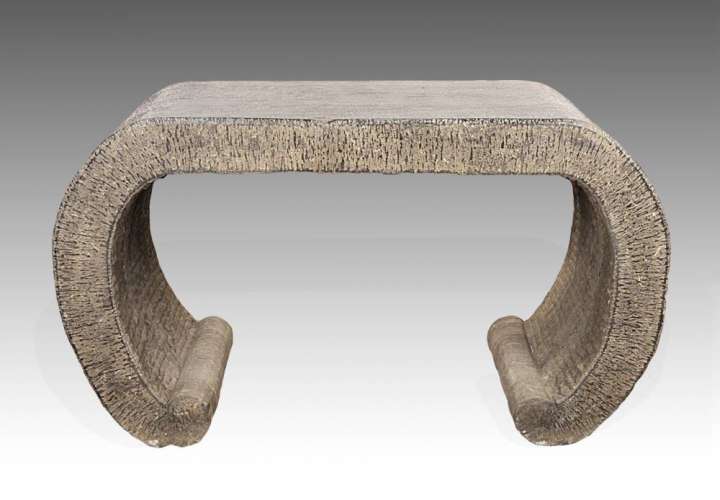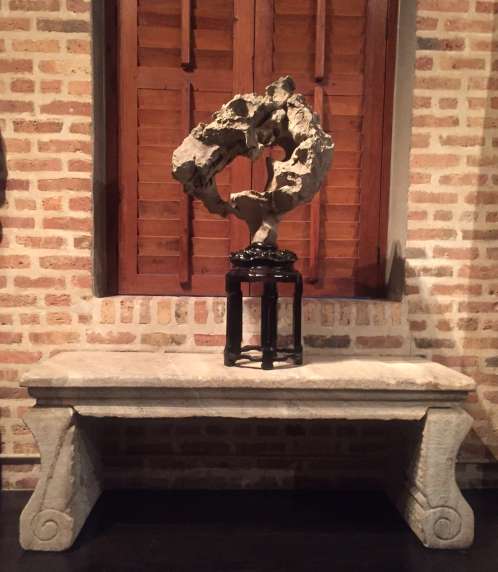Antique Chinese Furniture – A Quick Primer
PRIMITIVE - Friday, May 05, 2017By Glen Joffe
 |
|
Antique Chinese furniture can be loosely divided into two broad categories: classical and vernacular. Historically, classical pieces were made from frequently imported hardwoods and commissioned by members of the imperial family, ranked officials, scholars, and those connected with the imperial court in some fashion. Like other prized artwork in Chinese culture, classical furniture emphasized the natural beauty of woods such as Huanghuali, Zitan, Hongmu or Rosewood, Iron Wood, and Jichimu or Chicken Wing Wood. Those woods were waxed or thinly lacquered so the elegant wood grains could be seen and appreciated; and the wood identified. In the classical Chinese furniture world, wood and status were linked; and they still are. Yet, style and appearance cannot be overlooked in describing classical antique Chinese furniture. Classical pieces were austere or minimal in design right through the Ming (1368-1644 AD) and into the Qing dynasty (1645-1911); as if to reflect the frugal, unpretentious lifestyle of the exemplary scholar official. During the Qing dynasty, furniture designs became more elaborate with intricate carvings, fine detailing, and ultimately, the use of pigmented lacquer to provide color, which is one of the common characteristics of the second category of antique Chinese furniture, vernacular furniture.
 |
|
Compared to Chinese classical furniture, vernacular furniture is less well known. In fact, up until the mid-1990s, the term vernacular was non-existent even within Chinese literature. However, in the past two decades the category has gained great appreciation among collectors worldwide. Vernacular furniture refers to pieces that were made for use outside the imperial court's "influence" using indigenous woods. Although these woods are often called 'softwoods,' the term can be misleading because they include walnut, elm and oak, which are very durable ‘semi-hardwoods and exceptional woods for use in furniture-making. These woods were simply less appreciated than imported hardwoods and were often elaborately lacquered and colorized to enhance their appeal. At PRIMITIVE, we use the phrase "lacquered and painted furniture" interchangeably with vernacular furniture as it is an apt description of this category. Nevertheless, this is not meant to imply vernacular furniture was not a symbol of status. Frequently, this was furniture commissioned by wealthy merchants or retired officials who had returned to their country estates, but were not bound by traditions (real or imagined) imposed by the imperial court . Regularly modeled after classical furniture, vernacular furniture ultimately became unbound by the austere aesthetics of classical Chinese furniture as craftsmen of vernacular pieces exercised great creative freedom. From conservative elegance to lavishly lacquered pieces, the vernacular category has become an important and compelling category of antique Chinese furniture.
 |
|
One sub-category of antique Chinese furniture consists of a material other than wood - stone - and it deserves a quick mention. Although many designs from both the Ming and Qing dynasties featured stone components and utilized inlays of semi-precious stones such as jasper, lapis lazuli, and most important of all, jade; ultimately, entire pieces were produced and re-imagined in stone. Granite, limestone, and marble were all materials craftsmen carved into complete pieces, altering the construction techniques and style to compensate for the use of stone. Stone furniture was used both inside and outside, unlike wood, which was reserved for inside use.
 |
|
It can be argued, the golden age of Chinese furniture making came to an end with the decline of the Qing dynasty. This dynasty produced some of the finest examples of antique Chinese furniture. Many of the pieces from this time were innovative in nature, yet still adhered to traditional forms and designs passed down through hundreds of years. However, during the Cultural Revolution, which lasted from 1966-1976, a great deal of antique Chinese furniture, both classical and vernacular, was confiscated – and in many cases destroyed – by the government for representing the bourgeoisie class. Please click here for the related blog, Now You See It, Now You Don’t – The Disappearance of Antique Chinese Furniture for an in-depth look at the fate of a great deal of antique Chinese furniture. When the surviving pieces were released years later, they were scattered across the country with no regard to original ownership. These eventually appeared as a flood on the international market in the 1980s, 90s and into the 2000s, but in recent years the availability of original pieces has been reduced to a mere trickle. This disappearance can be attributed to several factors including the West's enthusiasm for antique Chinese furniture as well as China's desire to buy back and reclaim their heritage. As a result, antique Chinese furniture today has become a rare and valuable category of collectibles.